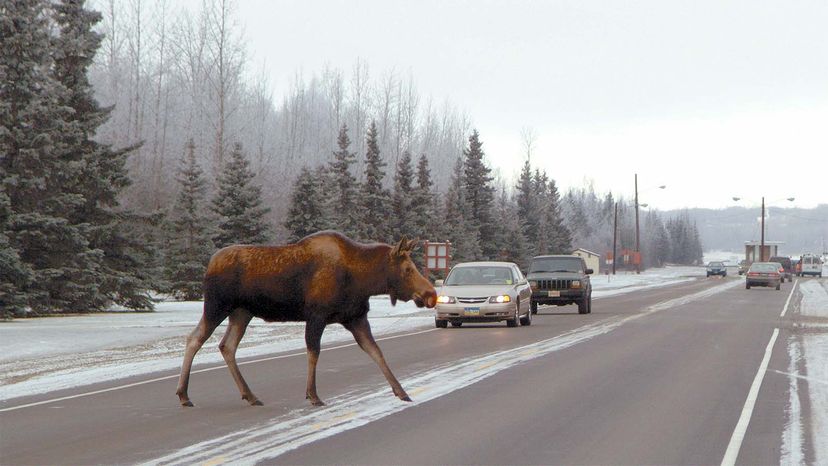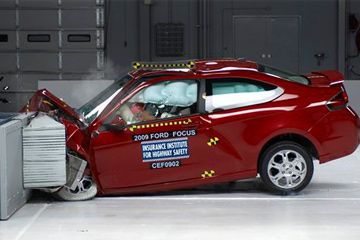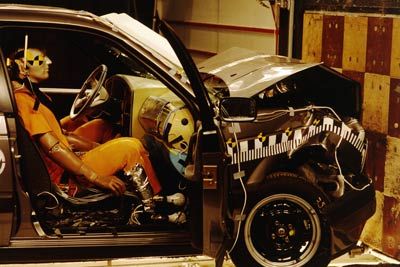The name "Moose Test" came from Swedish journalist Robert Collin in 1997, when he flipped a new Mercedes-Benz while performing the test — which he later likened to a maneuver one would make to avoid hitting a moose at a high speed. Mercedes-Benz modified the car's suspensions and made its Electronic Stability Program (ESP) standard for the vehicle model.
Soon major automakers and customers were paying attention to stability features. Eventually the European Union, Australia, Canada and the U.S. made the stability control system mandatory in all new cars. Yet despite its importance and popularity, the Moose Test is sometimes controversial.
When the 2012 Jeep Grand Cherokee flipped during a test conducted by Swedish magazine Teknikens Varld (Technology World), manufacturer Chrysler claimed the Swedish magazine overloaded the vehicle and said its own Moose Test was successful. Other automakers, when faced with poor Moose Test results, have claimed it was due to the fact that testers altered the conditions or said the results were inconclusive.


